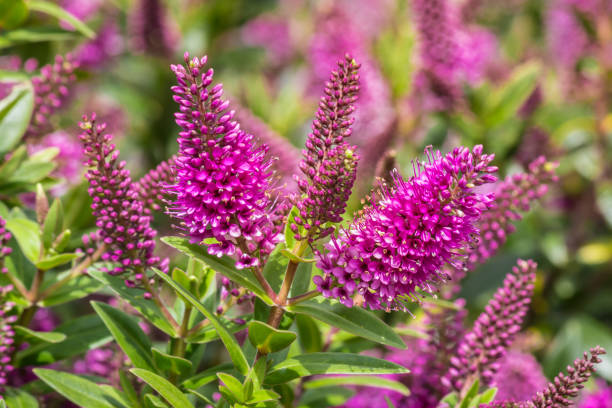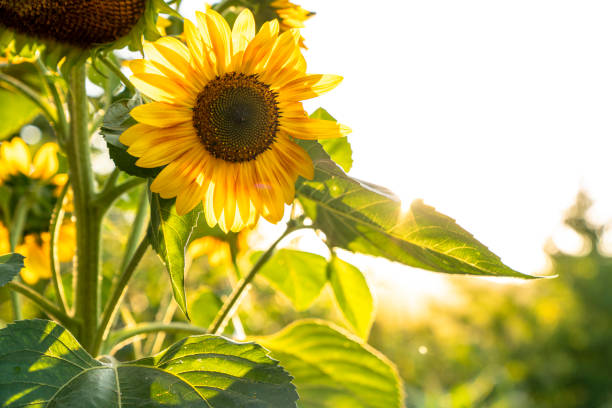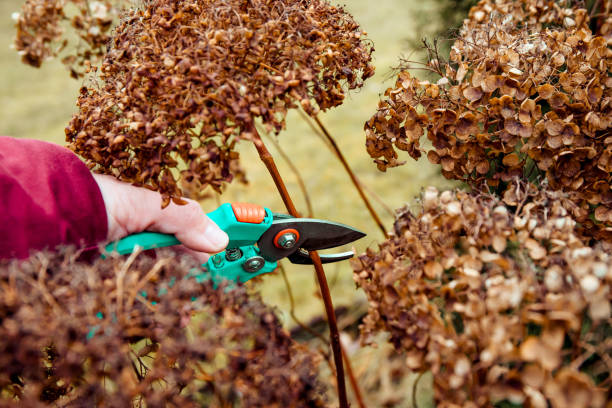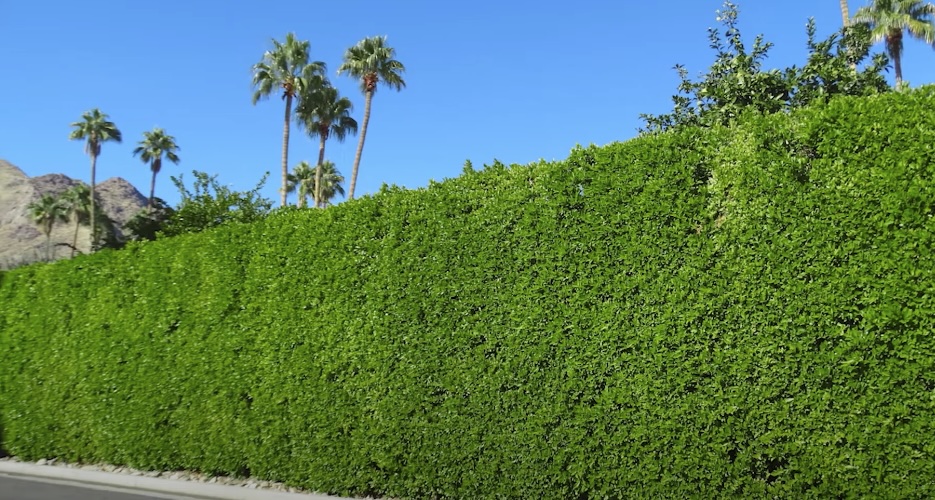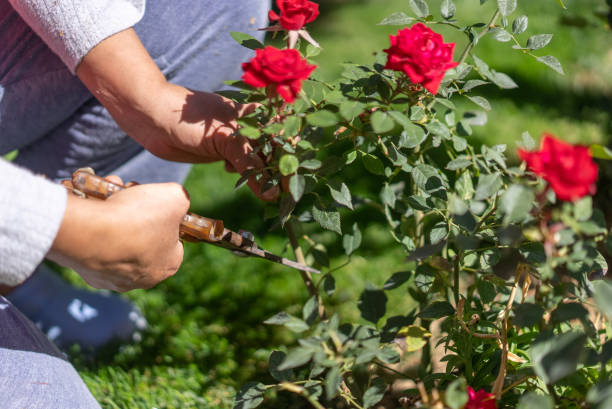Hebe varieties in New Zealand showcase a remarkable range of stunning flowers and resilience. This article immerses itself into the diverse world of hebe types found within NZ, pinpointing their individual characteristics, growth habits, and roles in landscaping practices. With an excess of 100 species originating from this country alone, Hebes testify to its botanical abundance.
What Are Hebes?
Belonging to the plantain family, Plantaginaceae, Hebes are a type of evergreen shrub. Mostly located in New Zealand with select species present in French Polynesia and South America’s Falkland Islands, these plants have stunning flowers that come in vibrant hues such as white or pink up to purples and blues accompanied by foliage adding their attraction quotient.
Popular Hebe Varieties in New Zealand
The evergreen foliage and vibrant flowers of Hebe varieties make them a common sight in the gardens of New Zealand. Today, let’s take a closer look at some of their most popular types found here while emphasizing on their distinct features and favorable growing requirements.
Hebe ‘Wiri Mist’
With a height of approximately 1 meter, Hebe ‘Wiri Mist’ is a bushy and compact shrub renowned for its abundant white blossoms during the summer season. Its evergreen foliage provides year-round appeal which makes it perfect for garden borders and rockeries alike.
- Height: Approximately 1 meter
- Flowers: White, blooming in summer
- Foliage: Evergreen
- Ideal For: Garden borders, rockeries
Hebe ‘Wiri Prince’
Hebe ‘Wiri Prince’ is a beloved variety among NZ gardeners due to its striking appearance. Its deep purple flowers are in full bloom from late spring till early summer. This particular species has a compact size and thick growth pattern, making it ideal for hedging or as the centerpiece of mixed borders.
- Height: Compact
- Flowers: Deep purple, blooming from late spring to early summer
- Foliage: Evergreen
- Ideal For: Hedging, mixed borders
Hebe ‘Emerald Green’
The notable feature of Hebe ‘Emerald Green’ is its eye-catching, vivid green leaves that endure their brilliant hue all year round. Although it bears petite white blooms in the summertime, this cultivar’s luxuriant foliage remains its primary allure. It serves as an outstanding choice for enhancing garden layouts with both vibrant color and engaging texture.
- Height: Medium
- Flowers: Small white, blooming in summer
- Foliage: Bright green, evergreen
- Ideal For: Adding texture and color to garden designs
Hebe ‘Red Edge’
As the name suggests, Hebe ‘Red Edge’ boasts leaves with a distinctive red margin, creating a striking visual effect. The small, lavender flowers appear in late summer. This variety is ideal for containers and small gardens, providing a splash of color and texture.
- Height: Compact
- Flowers: Small lavender, blooming in late summer
- Foliage: Leaves with a red margin, evergreen
- Ideal For: Containers, small gardens
Growing Conditions for Hebe Varieties in New Zealand
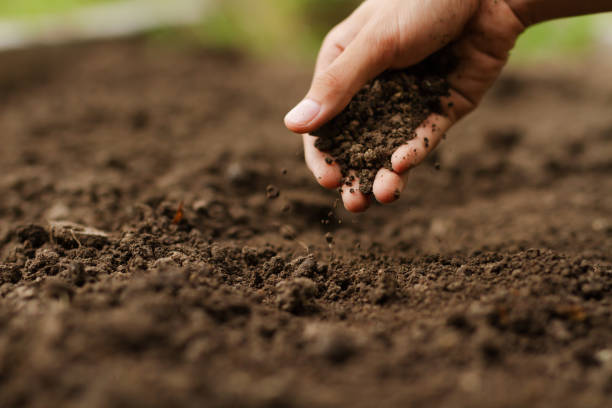
Hebes are versatile and hardy plants that thrive in a range of conditions. Here are some key points to consider when growing hebe varieties NZ offers:
Soil Requirements
Hebes require well-drained soil to prevent root rot. They thrive in slightly acidic to neutral soil but can adapt to a variety of soil types. Ensuring proper drainage is crucial as waterlogged soil can cause root diseases and stunted growth.
- pH Level: Slightly acidic to neutral (pH 6.0 to 7.5)
- Soil Type: Loamy soil is ideal, but hebes can also grow in sandy or clay soils if drainage is improved.
- Drainage Improvement: Incorporate organic matter such as compost or well-rotted manure to enhance soil structure and drainage.
Sunlight Needs
Most hebe varieties prefer full sun to partial shade. Adequate sunlight is crucial for robust growth and prolific flowering. The amount of sunlight affects not only flower production but also the overall health and compactness of the plant.
- Full Sun: Provides the best conditions for flowering and growth. Ensure at least 6 hours of direct sunlight daily.
- Partial Shade: Suitable for areas with intense afternoon sun or in regions with very hot climates. Plants in partial shade might have slightly fewer flowers but will still thrive.
Watering Practices
While hebes are drought-tolerant once established, regular watering during dry periods helps maintain their health and vigor. Proper watering practices are essential to prevent stress and ensure consistent growth.
- Establishment Period: Regular watering is essential during the first growing season to help establish a strong root system.
- Dry Periods: During prolonged dry spells, supplementary watering is necessary to prevent wilting and stress.
- Watering Technique: Water at the base of the plant to avoid wetting the foliage, which can lead to fungal diseases.
Fertilizing Tips
Applying a balanced, slow-release fertilizer in spring can promote growth and flowering. Over-fertilizing should be avoided as it can lead to leggy growth and reduced flowering.
- Application Time: Early spring, just before the growing season begins.
- Type: Use a slow-release, balanced fertilizer with equal parts nitrogen, phosphorus, and potassium (e.g., 10-10-10).
- Caution: Avoid over-fertilizing as excessive nutrients can cause weak, leggy growth and make the plant more susceptible to pests and diseases.
Landscaping with Hebe Varieties
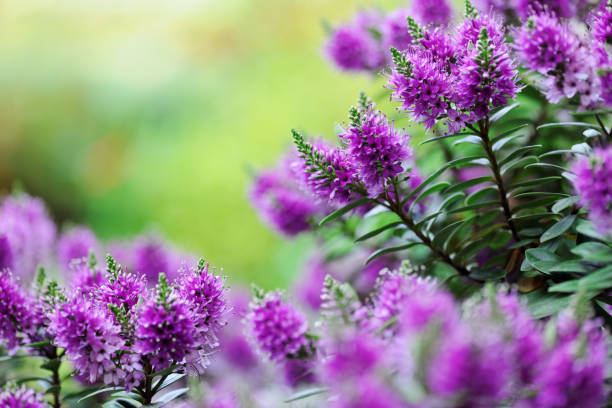
From hedging and borders to rockeries and container gardening, these plants can enhance any garden. Below, we explore various ways to incorporate Hebe varieties into your landscape, focusing on their benefits and specific uses.
Hedging and Borders
Hebes make excellent hedging plants due to their dense growth and evergreen nature. Varieties like Hebe ‘Wiri Prince’ and Hebe ‘Emerald Green’ are particularly suited for creating neat, low-maintenance hedges. Their vibrant foliage and flowers add visual interest to garden borders and pathways.
| Hebe Variety | Characteristics |
| Wiri Prince | Dense growth, vibrant foliage, suitable for hedges |
| Emerald Green | Evergreen nature, low-maintenance, ideal for borders |
Rockeries and Alpine Gardens
Many Hebe varieties cherished by New Zealand gardeners are perfect for rockeries and alpine gardens. Their compact size and ability to thrive in well-drained soil make them ideal for these settings. Hebe ‘Wiri Mist’ and Hebe ‘Red Edge’ are great choices for adding color and texture to rocky landscapes.
| Hebe Variety | Characteristics |
| Wiri Mist | Compact size, thrives in well-drained soil |
| Red Edge | Adds color and texture, suitable for rocky landscapes |
Container Gardening
Hebes are well-suited for container gardening, allowing for flexible placement and easy care. Smaller varieties, such as Hebe ‘Red Edge,’ can be used to create striking displays on patios and balconies. Ensure containers have good drainage and use a high-quality potting mix. Key factors to consider for container gardening with Hebes include:
- Container Size: Choose appropriately sized containers based on the growth potential of the Hebe variety.
- Drainage: Ensure containers have sufficient drainage holes to prevent waterlogging, which can lead to root rot.
- Potting Mix: Use a high-quality potting mix that provides good aeration and drainage for healthy root growth.
- Sunlight: Place containers in locations where Hebes receive adequate sunlight based on their specific requirements.
- Watering: Monitor soil moisture levels and water Hebes in containers regularly, especially during hot and dry periods.
Benefits of Hebe Varieties
Year-Round Interest
One of the primary benefits of hebe varieties NZ offers is their ability to provide year-round interest. With evergreen foliage and seasonal flowers, hebes ensure gardens remain attractive throughout the year. Varieties like Hebe ‘Emerald Green’ maintain their vibrant foliage even in winter.
Low Maintenance
Hebes are relatively low-maintenance plants, making them ideal for both novice and experienced gardeners. Once established, they require minimal care, with occasional pruning to maintain their shape and promote new growth.
Attracting Wildlife
Hebes are known to attract pollinators, such as bees and butterflies, contributing to a healthy garden ecosystem. Their flowers provide a valuable nectar source, especially in urban areas where natural food sources may be limited.
Real Data on Hebe Varieties in New Zealand
To provide an accurate picture of the diversity and popularity of hebe varieties NZ gardens feature, we present the following data:
| Variety | Height | Flower Color | Blooming Season | Ideal Use | Description |
| Hebe ‘Wiri Mist’ | 1.0m | White | Summer | Borders, Rockeries | With its moderate height and delicate white flowers, Hebe ‘Wiri Mist’ is a versatile choice for garden borders and rockeries. Its summer blooming season adds vibrancy. |
| Hebe ‘Wiri Prince’ | 0.6m | Deep Purple | Late Spring-Summer | Hedging, Borders | Known for its deep purple flowers, Hebe ‘Wiri Prince’ is a popular choice for hedging and border planting. Its compact size and summer blooming season are attractive. |
| Hebe ‘Emerald Green’ | 0.5m | White | Summer | Foliage Interest | Hebe ‘Emerald Green’ is prized for its vibrant foliage rather than its flowers. Its compact size and lush green leaves make it excellent for foliage interest. |
| Hebe ‘Red Edge’ | 0.4m | Lavender | Late Summer | Containers, Small Gardens | With its low height and striking lavender flowers, Hebe ‘Red Edge’ is perfect for container gardening and small gardens. Its late summer blooming season adds color. |
This table highlights the key characteristics of popular hebe varieties, providing valuable information for gardeners looking to incorporate these plants into their landscapes.
Conclusion
Hebe varieties NZ boasts are a remarkable addition to any garden, offering a combination of vibrant flowers, attractive foliage, and year-round interest. Whether used for hedging, rockeries, or container gardening, hebes are versatile, low-maintenance plants that thrive in a range of conditions. By understanding the unique features and growing requirements of different hebe varieties, gardeners can create stunning landscapes that showcase the natural beauty of New Zealand’s native flora.
Explore the diverse world of hebe varieties NZ has to offer and transform your garden into a vibrant, dynamic space filled with color and life.
FAQ
The best time to plant hebes is during the cooler months of spring and autumn. This allows the plants to establish their roots before the extreme heat of summer or the cold of winter.
Water newly planted hebes regularly until they are established. Once established, hebes are drought-tolerant and only require watering during prolonged dry periods. Avoid waterlogging, as this can lead to root rot.
Yes, many hebe varieties NZ coastal gardeners favor are well-suited to seaside conditions. Their tolerance to salt spray and windy conditions makes them ideal for coastal gardens.
Prune hebes after flowering to maintain their shape and encourage new growth. Remove any dead or damaged branches and trim back leggy growth to promote a bushier habit.
Hebes are generally hardy and resistant to most pests and diseases. However, they can be susceptible to root rot if planted in poorly drained soil. Ensure proper drainage and avoid overwatering to prevent this issue.
